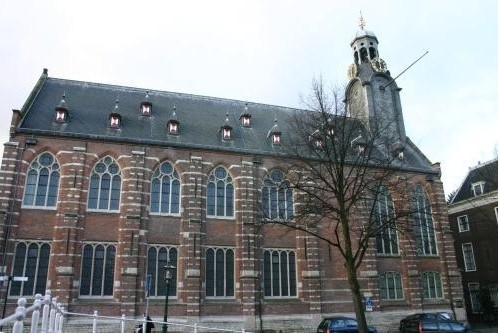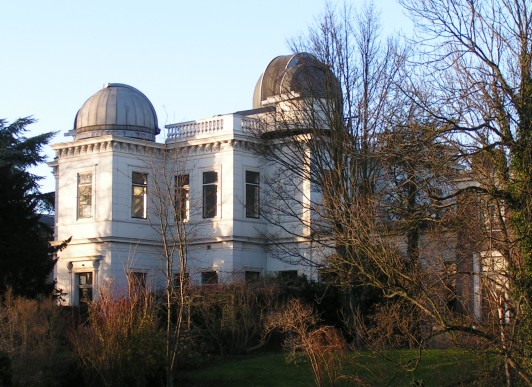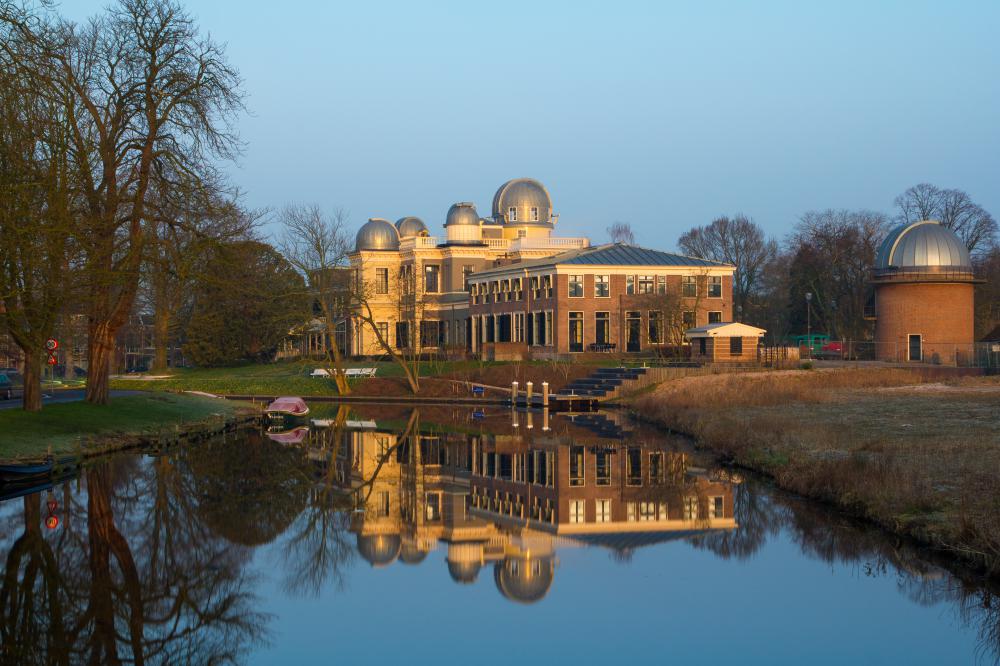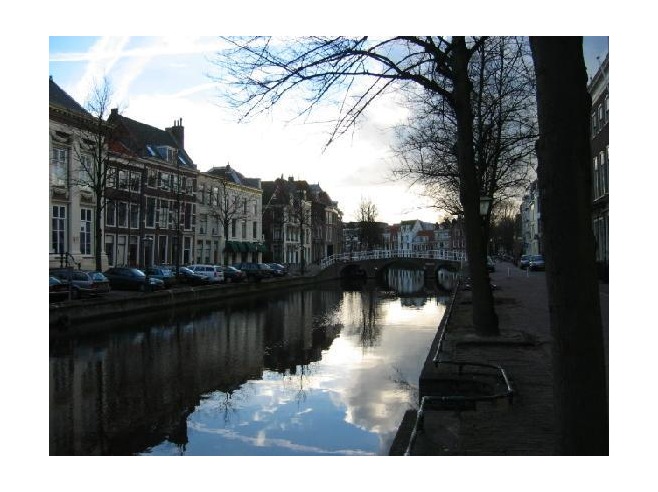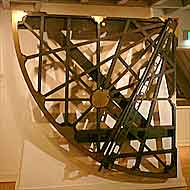
Category of Astronomical Heritage: tangible immovable
Academy Observatory Leiden-Rapenburg (before 1860), Netherlands

Description
Geographical position
Academy Observatory Leiden, Old University building, Rapenburg, Leiden, the Netherlands
Location
Latitude 52.154859 N, longitude 4.483839 E. Elevation ??? m above mean sea level.
IAU observatory code
512
Description of (scientific/cultural/natural) heritage
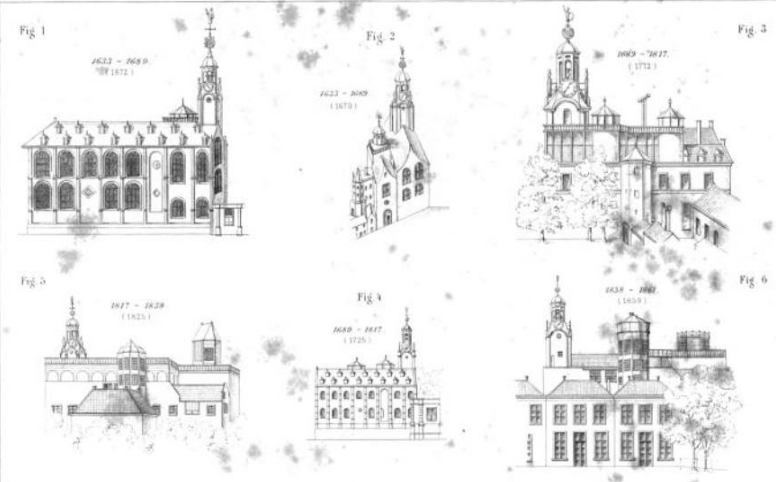
Fig. 1. Academy Observatory Leiden, Bastion Rapenburg, Fig. 1+2, 1633-1649, Fig. 3+4, 1649-1817, Fig. 5, 1817-1838, Fig. 6, 1838-1861 (© Kaiser, Friedrich 1868, Fig. 1-6)
The University was founded in 1575, the Academy Observatory Leiden on Bastion Rapenburg was established in 1633 as a roof observatory with a octagonal platform -- in use until 1860. It served mainly for educational purpose, not so much for research.
In 1861 a new and larger observatory was built under the direction of Frederik Kaiser, today known as the Oude Sterrewacht ’Old Observatory’.
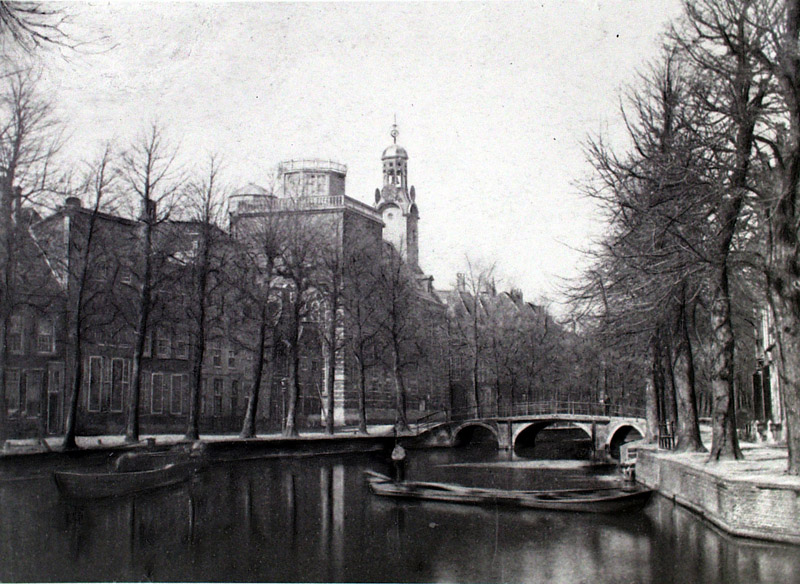
Fig. 2a. Academy Observatory Leiden, Bastion Rapenburg (© Leiden University)
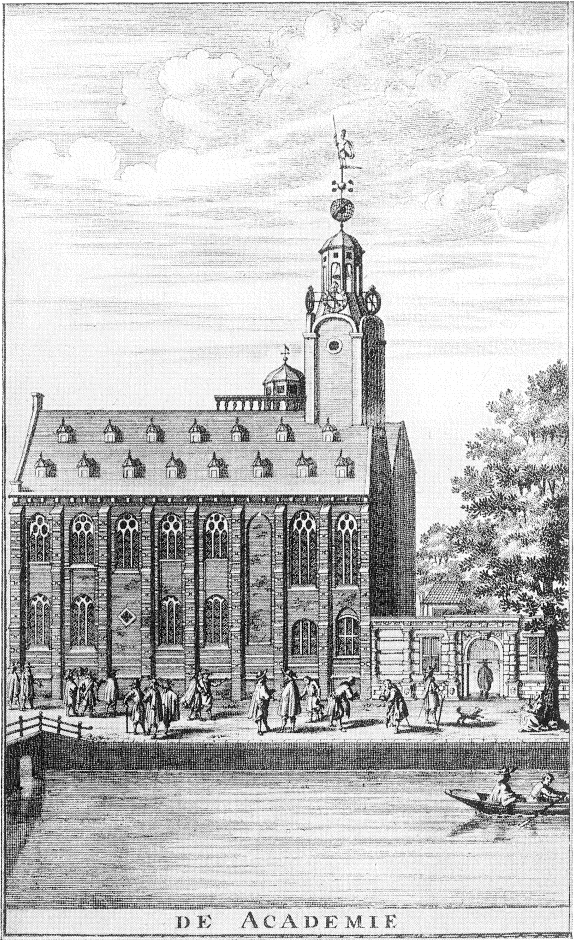
Fig. 2b. Academy Observatory Leiden, Bastion Rapenburg (1670), (Wikipedia)
This founding date 1633 makes Leiden the oldest university observatory still in operation today, with a very rich tradition, but moved to the University Campus nowadays.
History
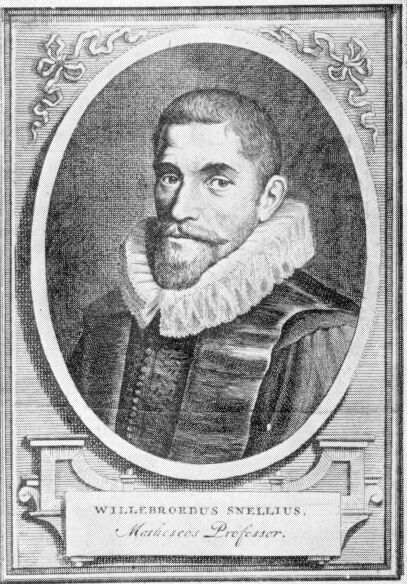
Fig. 3a. Willebrord van Roijen Snell (1580--1626) (Wikipedia)
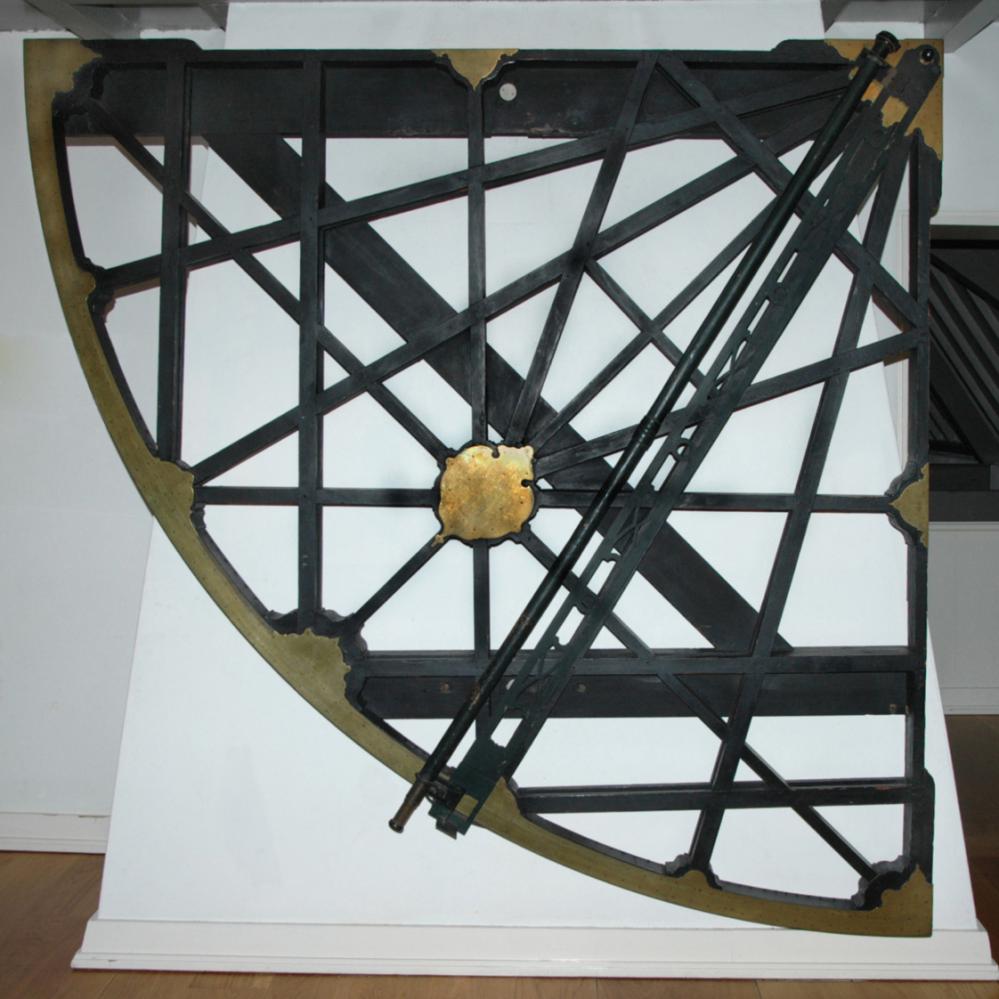
Fig. 3b. Large Quadrant of Snellius (© Museum Boerhaave, Wikipedia, CC3, Jos van den Broek)
Instruments of the first Leiden Observatory - the Academy Observatory, 1633 to 1860
- Large Quadrant of Snellius
Willebrord van Roijen Snell (1580--1626) studied mathematics in Leiden University. Since 1600, he travelled through different European countries and met and cooperated with famous astronomers like Adriaan van Roomen [Adrianus Romanus] (1561--1615) in Würzburg, Tycho Brahe (1546--1601) in Prague, Johannes Kepler (1571--1630), Johannes Richter, latinized Praetorius (1537--1616) in Altdorf near Nuremberg, and Michael Mästlin (1550--1631) in Tübingen.
In 1615, Snellius developed geodetic triangulation, a new method for land surveying and for determining the circumference and radius of the earth, which he described in his work Eratosthenes Batavus (Dutch Eratosthenes), published in 1617. But already in 1533, Gemma Frisius (1508--1555) described the method of triangulation for the first time in a new edition of his Cosmographia.
His most famous scientific contribution is the law of refraction (1621) named after him, but it was already found several times before. However, it was not published by him, but his contribution was first revealed by Christian Huygens (1629--1695) in his Dioptric, published in 1703.
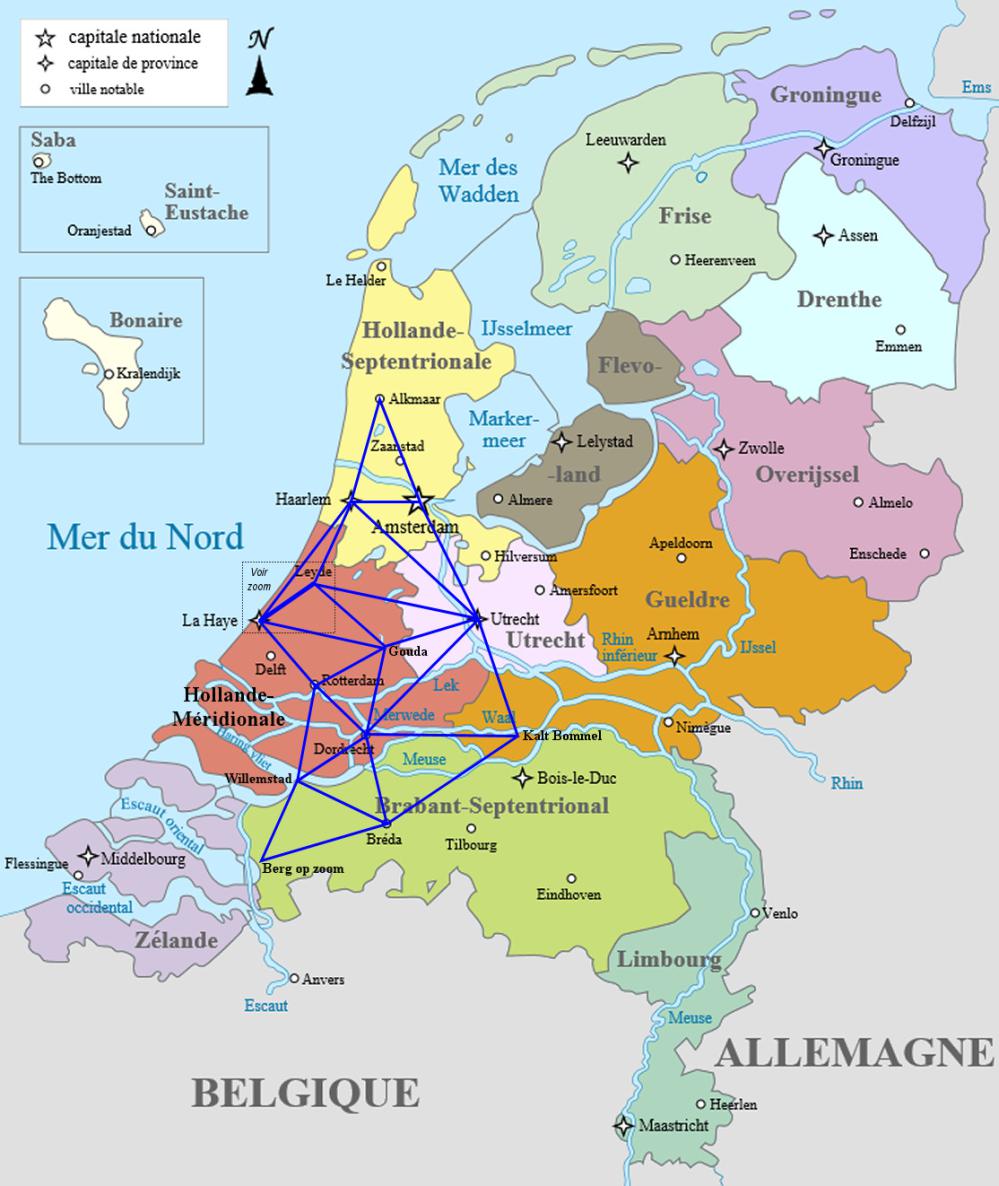
Fig. 3c. Snellius’ Triangulation of the Dutch Republic (Wikipedia)
Directors of the Academy Observatory Leiden, 1633 to 1860
Term Director
1633 - 1667 Jacobus Golius
1668 - 1681 Christiaan Melder
1682 - 1705 Burchardus de Volder
1705 - 1708 Lotharius Zumbach de Coesfeld
1717 - 1742 Willem Jacob Gravesande
1742 - 1768 Johan Lulofs
1768 - 1793 Dionysius van de Wijnpersse
1793 - 1794 Pieter Nieuwland
1799 - 1805 Jan Frederik van Beeck Calkoen
1811 - 1826 Cornelus Ekama
1826 - 1837 Pieter Uijlenbroek
1837 - 1872 Frederik Kaiser
State of preservation
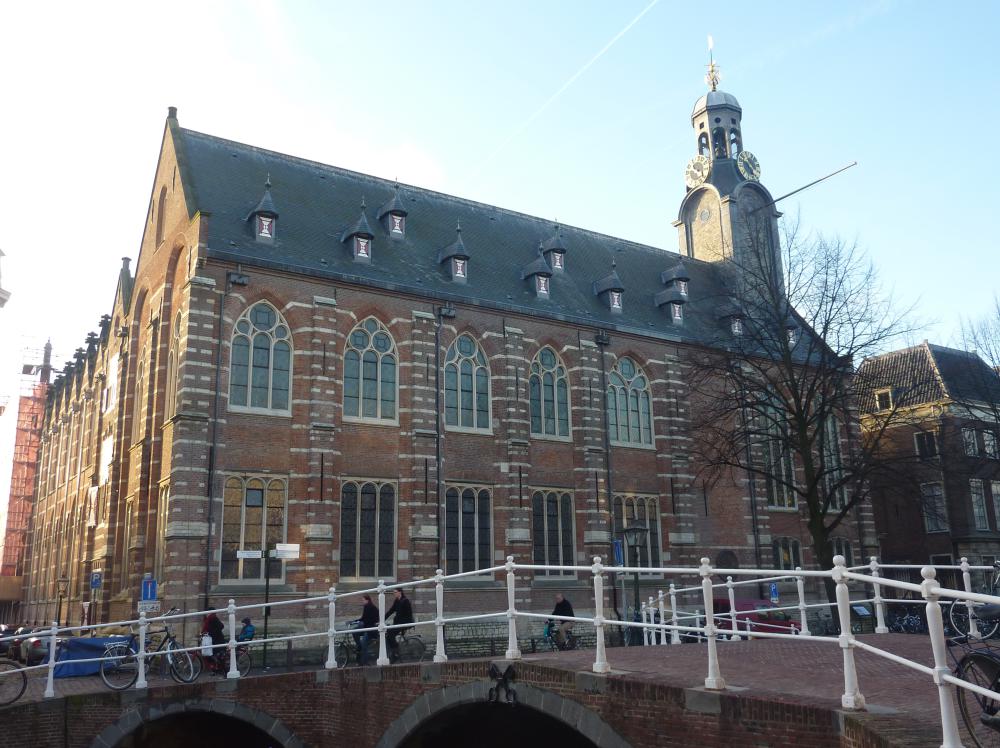
Fig. 4. Academy Observatory Leiden is used as university church (Wikipedia, photo Rudolphous)
The Academy Observatory Leiden on Bastion Rapenburg is no longer existing as an observatory. But the building is used as university church. vailable
Comparison with related/similar sites
The Academy Observatory Leiden was a roof observatory like Hevelius in Danzig.
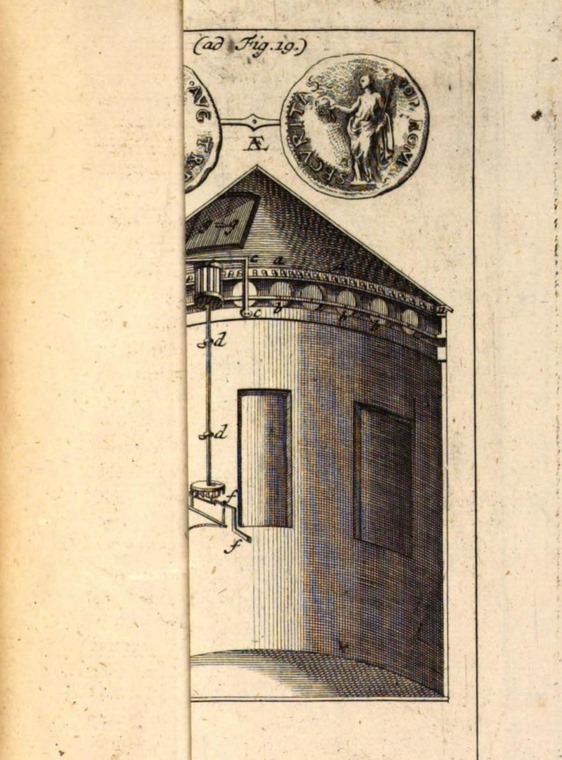
Fig. 5. Leiden Observatory with a first rotating dome albeit conical and not hemispherical (1689), (© Bart Fried)
Very interesting is this image, which shows Leiden Observatory with a first rotating dome albeit conical and not hemispherical (1689).
Apart from this "dome" of Leiden Academy Observatory, the earliest moveable domes known in architectural history are of the end of the 18th century:
King’s Observatory Kew, UK (1769), Dunsink Observatory Dublin, Ireland (1785), Seeberg Observatory, Gotha, Germany (1788), and Armagh Observatory, UK (1790).
Threats or potential threats
no threats
Present use
The Academy Observatory Leiden on Bastion Rapenburg is no longer existing as an observatory. The building is the University church.
Astronomical relevance today
The Academy Observatory Leiden on Bastion Rapenburg is no longer existing as an observatory.
In 1861, a new observatory was built under the direction of Frederik Kaiser, today known as the Oude Sterrewacht ’Old Observatory’, moved in 1974 to the Campus.
References
Bibliography (books and published articles)
- Kaiser, Friedrich: Geschichte und Beschreibung der Sternwarte in Leiden. Haarlem: Joh. Enschede 1868.
- Snell, Willebrord van Roijen: Eratosthenes Batavus. Lugduni Batavorum (Leiden): Joost van Colster, Joris Abrahamsz van der Marsse 1617.
Links to external sites
No multimedia content published
Currently there is no multimedia content published for this case study









